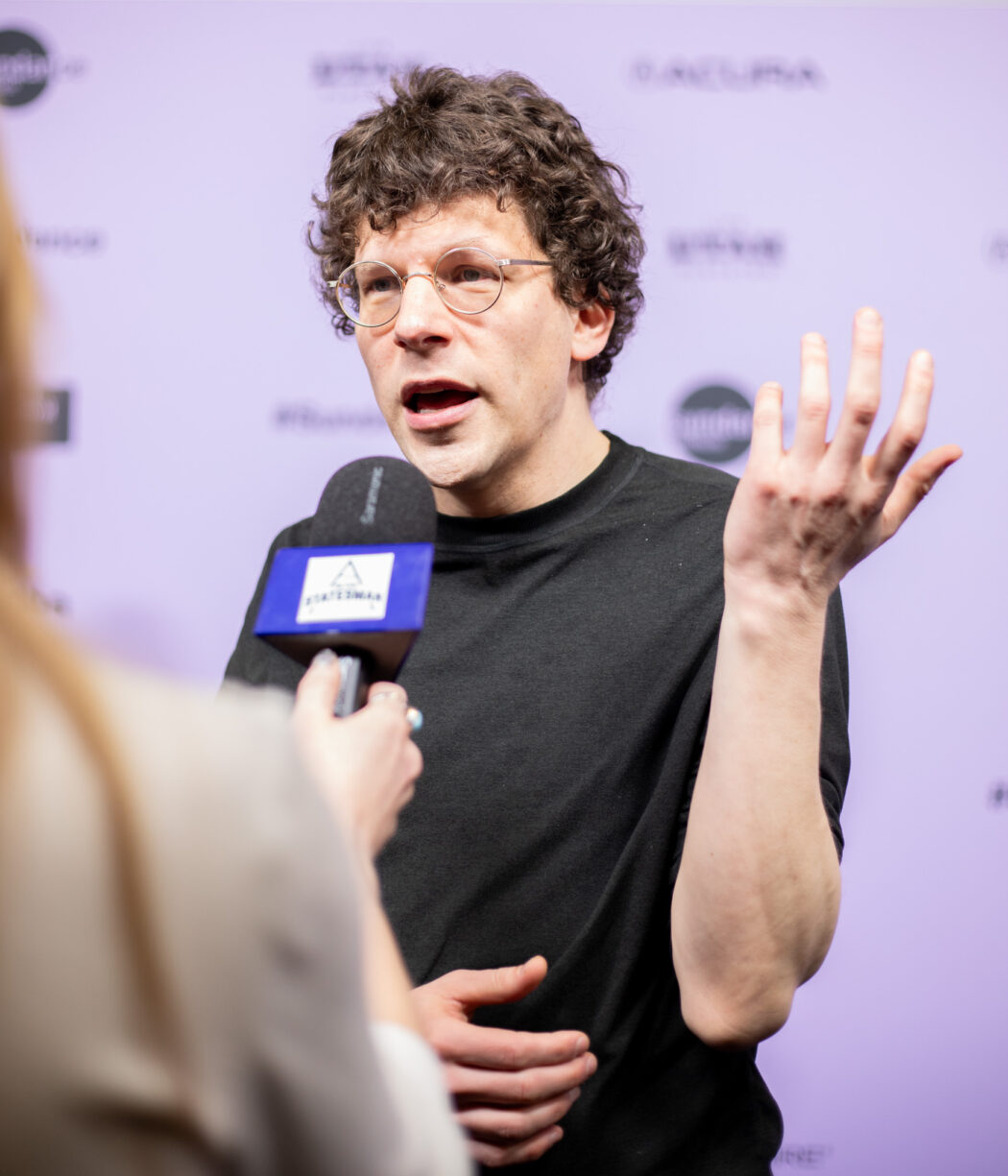2024 Sundance Film Festival press line Q&A
Q: What is the main message or theme?
DIDI director Sean Wang
A: “I hope they feel stuff. The age 13 is so loud and crass and vulnerable and emotional and irreverent and sad and lonely. It’s all the things, it’s this time where your emotions and your body is just like exploding, but it’s also quiet and emotional. And so that was our hope with this movie was to hopefully have a movie that can have all of those emotions. I hope that audiences feel all of that while watching it and that’s all I can hope for. You know, I hope that people you know, I said it earlier, but I really feel like I got to make the movie I wanted to make. So I’m just excited for audiences to now get to see it.”
Girls Will Be Girls director Shuchi Talati
A: “It’s a really gentle heartwrenching coming of age story. It’s something very relatable to all of us. But it’s not what we often see portrayed in Indian cinema. As she has said many times before, any woman having any expression of sexuality is often punished by the storytelling and the audience also, because the storytelling guide and storytelling guides them to go that way. Then to feel a sense of shame — which is ironic because we are the most populous country in the world. So it’s happening. So I just, I feel like if we destigmatize sex and the shame around it, it would really benefit us as a society and really take care of our women a lot better and are meant to.”
Q: Did you discover anything about yourself while writing this film?
A Real Pain screenwriter and director Jesse Eisenberg
A: “Yes, you know because I’m an actor, which is like kind of a weird, vulnerable job to have in the first place. Because you’re kind of like, beholden to other people liking you and thinking your faces and hideous and all this crazy stuff, you know, so you know, this, in some ways, because I’m writing, it gives me a guess a little bit more sense that I can be in more control of my own fate, and that I’m not just at the whims of, you know, audiences or other, you know, producers or whatever. So, I guess that’s what I learned about myself. Some are not learned, but to feel like just a little bit of control over my life.”
Q: What brought this film together how did it come to be?
Kneecap director Rich Peppiatt
A: “I went to go and see a gig of an up and coming hip hop out called Kneecap in Belfast. I was just blown away by them and the energy they brought, and they were just doing something different. I didn’t realize there was a whole subculture in the north of Ireland that was dedicated to living their life through the Irish language. And I thought, if I don’t know about that, and I live here, then there must be millions of people who don’t either and I thought, there’s a film in that. And then we made that film.”
Union directors Brett Story and Stephen Maing
Q: What do you feel like you learned from the people you featured in this film?
A: (Stephen Maing) “Something they said repeatedly was that this is an endurance contest, right. So those within the movement that could stay there day after day, and stay committed to the cause of supporting and caring for each other and the workers would be the ones that could make this difference, and maybe actually win. So, we take that message, and it really inspired us to stay with them and be embedded on the ground and, and pay close attention to their experience and, and try and close this gap, right between what was seen and unseen, that like, what they were fighting for, was to show that the workers were suffering invisibly, across America, actually. And if we could actually take that message and get that out to the world, that would be something that would be the highest achievement that we could have. So to be here at Sundance and get a chance to share this film is an incredibly meaningful thing.”
Q:What message do you hope this film portrays to the world?
Sugarcane directors
Emily Kassie and Julian Brave Noisecat
A: “Julian Brave NoiseCat: So there were 139 Indian residential schools in Canada, and there were nearly three times as many, 408, Here in the United States. Hundreds of thousands of children were taken away to those schools. This is a foundational story to how North America was colonized, and what happened to Native people. It’s not just our story, it’s all of your story. And we believe that our film can help share that story with the broader world to understand that this is something that we need to know and we need to make right.”

